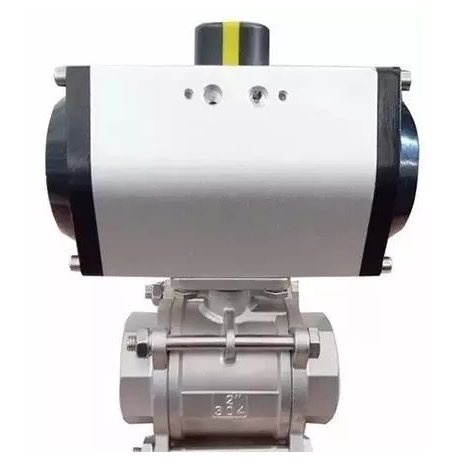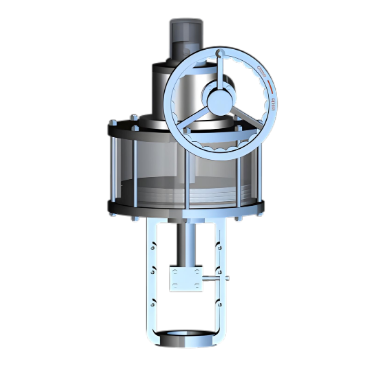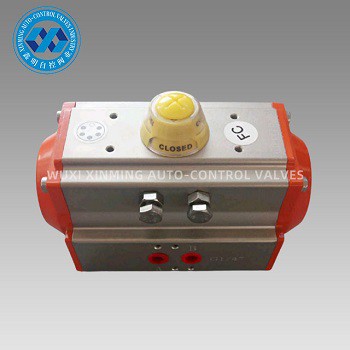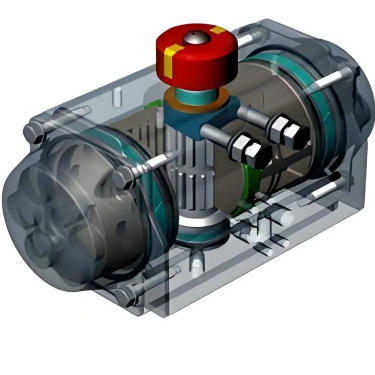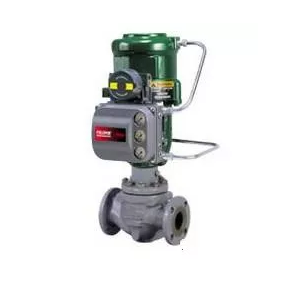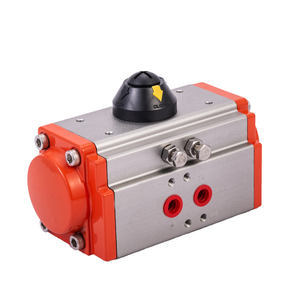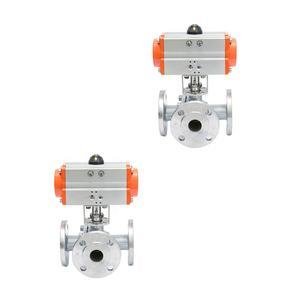In cold climates, safeguarding pneumatic
piston actuators is crucial for their continued functionality.
Begin with material upgrades. Swap standard
seals, hoses, and gaskets for cold - resistant variants. These specialized
materials retain flexibility and integrity in frigid temperatures, preventing
cracks and leaks that could disrupt operations. Additionally, choose lubricants
designed for low - temperature use to ensure smooth movement of internal
components.
Insulation is key. Wrap the actuators with
thermal insulation materials, such as neoprene or fiberglass jackets. This
helps maintain internal warmth, protecting against freezing. For extremely cold
conditions, install heat tracing systems. These systems provide controlled
warmth, keeping the actuator within an optimal operating range.
The air supply system requires special
attention. Ensure moisture is completely removed from the compressed air, as
water can freeze and cause blockages. Use high - efficiency air dryers and
drain moisture traps frequently. Regularly check and maintain the system to
avoid sudden failures due to cold - induced issues. By taking these
comprehensive winterization steps, pneumatic piston actuators can withstand
harsh cold climates and perform reliably.
If you want to learn more about low-priced products, please visit the following website: www.xm-valveactuator.com


